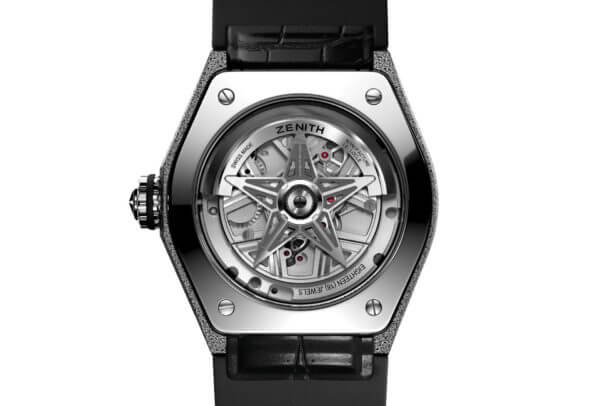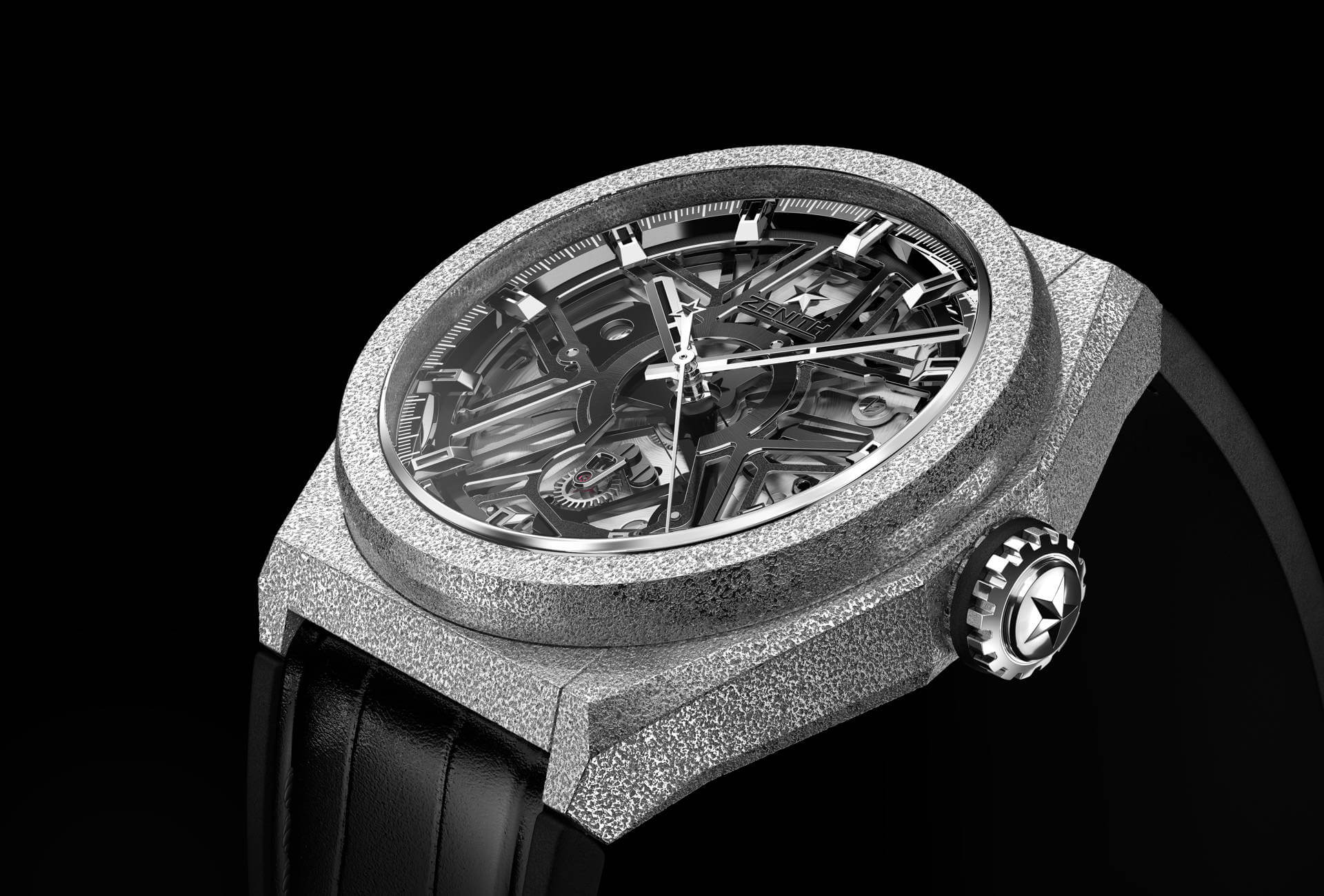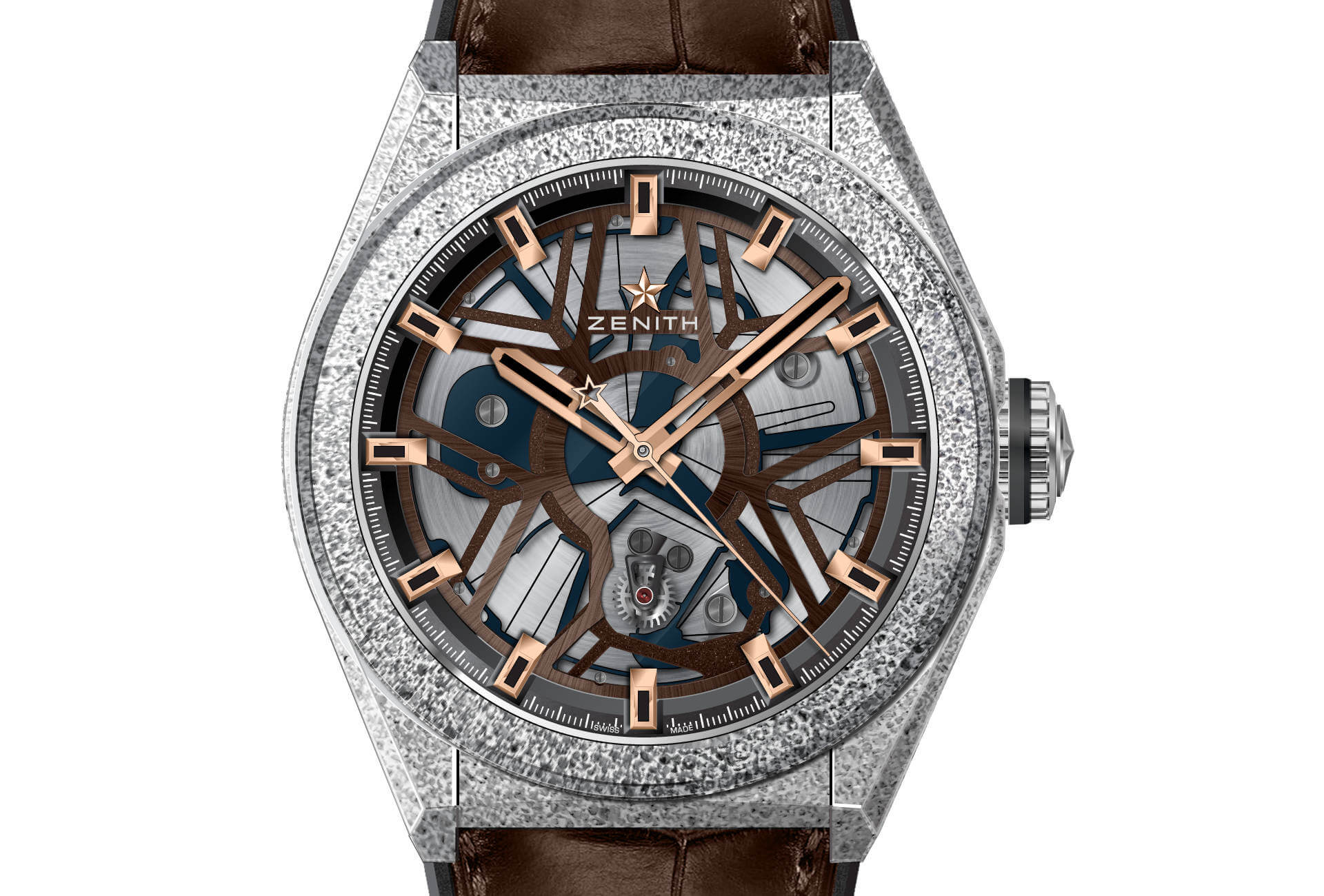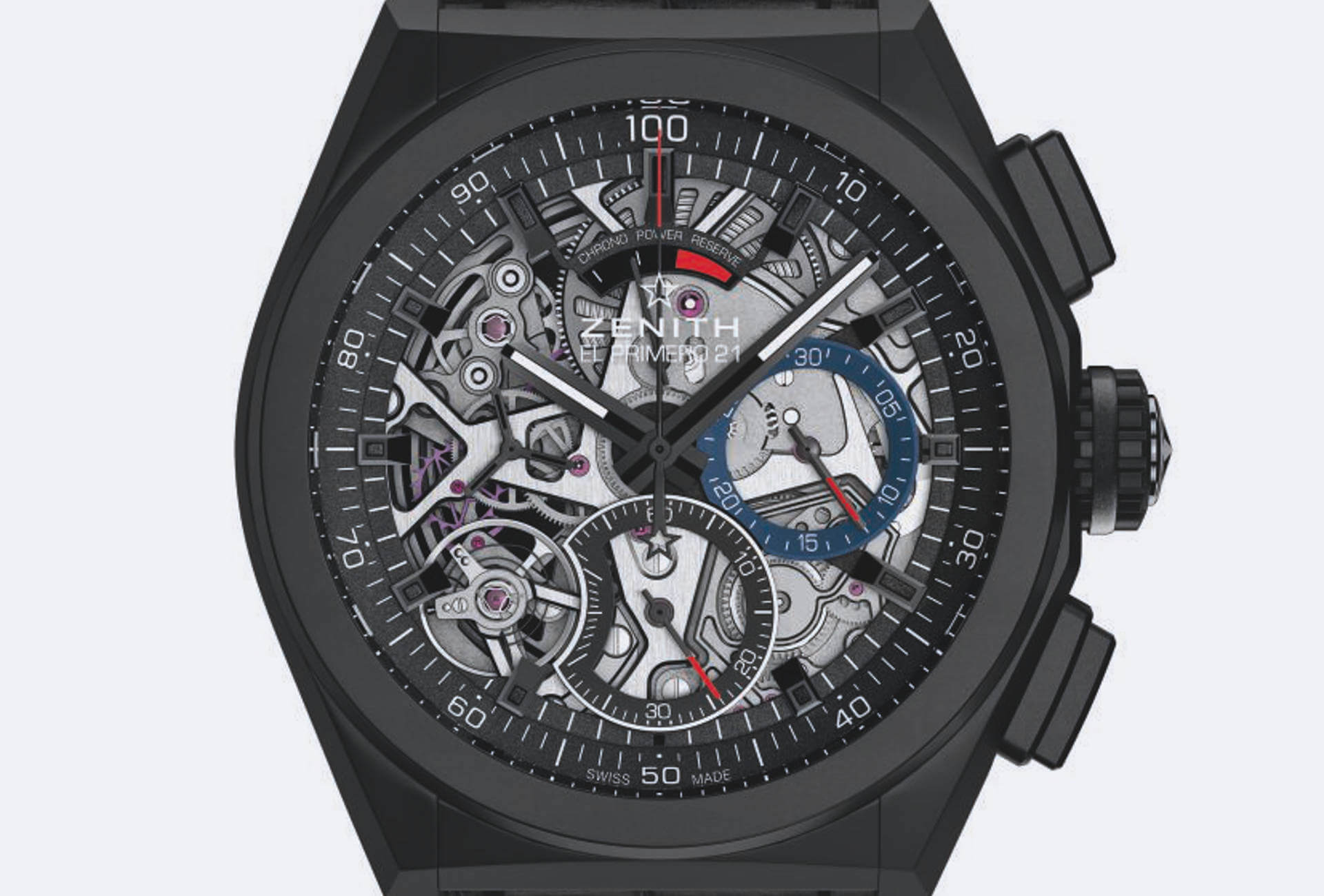Jean-Claude Biver, President of LVMH’s Watch Division, had already dropped a few hints at what was in store. Now it’s official: Zenith has unveiled what it is billing as “the world’s most precise mechanical watch”, a.k.a. the Zenith Defy Lab. It’s a major claim on a par with the innovation behind it, which Zenith describes as a quantum leap in watch engineering; specifically, the design of the oscillator on which the aforementioned precision hinges. According to Zenith, not since the Dutch astronomer and physicist Christiaan Huygens invented the balance-and-spring regulator in 1675 has any radical change been made to a system that continues to equip every mechanical watch. So much for those who say watchmaking has nothing left to invent. “For the first time in the history of mechanical watches,” trumpets Zenith, “a technological breakthrough replaces Christian Huygens’ principle in terms of performance, aesthetic impact and simplifications.”
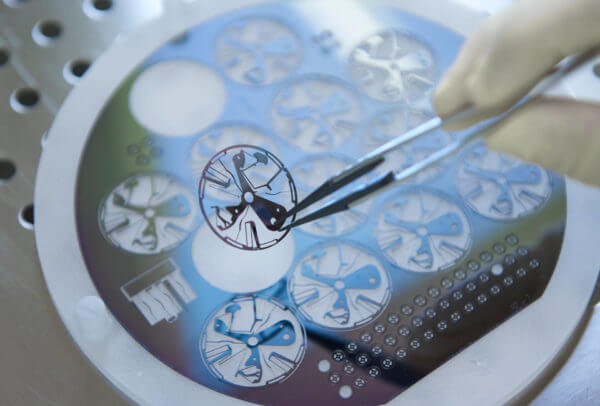
All those caught rolling their eyes should note that the man behind these rodomontades is Guy Semon, now CEO of the newly incorporated LVMH Science Institute, and formerly at the head of TAG Heuer’s R&D division prior to becoming general manager of the brand. These past few years Mr Semon, a physicist, has more than demonstrated that with some out-of-the-box thinking, the measurement of time can still take us by surprise. We can thank him for the magnetic oscillator in the TAG Heuer Pendulum, and for the vibrating beams that make up the 1,000 Hz regulator in the Mikrogirder, which is mechanically precise to 1/2000th of a second. With the Defy Lab, the oscillator has once again come under scrutiny: instead of the conventional balance-and-spring assembly with its thirty-some components, we have an element that is 0.5-mm thick, all in one piece, made from monocrystalline silicon and without any mechanical coupling. As Zenith explains, “the absence of conventional mechanical couplings eliminates contact, friction, wear, slack, lubrication, assemblies and dispersions. The wheel replacing the escapement wheel has a specific design and its cycle does not correspond to the academic behaviour of a Swiss lever escapement. It is made of silicon showing superficial oxidation.”
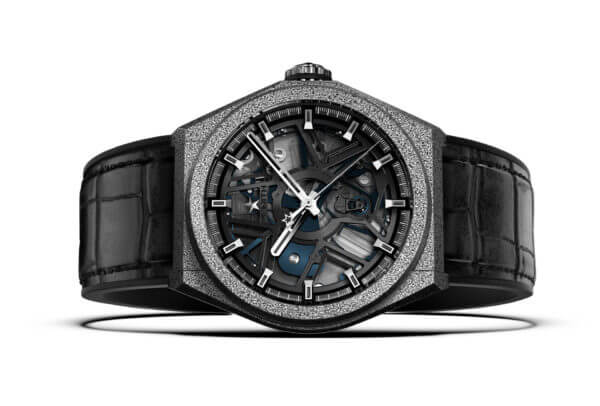
A first series of ten
This isn’t all that’s new. Zenith’s oscillator runs at a high frequency of 15 Hz (108,000 vib/hour), which is three times that of the historic El Primero movement, and still benefits from 10% more power reserve for a total of 60 hours. It’s this frequency that enables the movement to make the promised “quantum leap” in precision, with a measured deviation of 0.3 seconds over 24 hours. By way of comparison, a movement certified by the Contrôle Officiel Suisse des Chronomètres (COSC) keeps time within a margin of -4 to +6 seconds/day. Better still, this new oscillator maintains that same level of precision for 95% of its power reserve whereas in a traditional movement, loss of amplitude after 24 hours has inevitable repercussions on precision. The silicon from which it is made has the additional advantages of being amagnetic, unaffected by variations in temperature, and does not require lubricant. The Defy Lab has been triply certified. It has the Besançon Observatory “viper’s head” chronometer stamp, and comfortably exceeds both ISO-3159 standard for thermal behaviour (variation of 0.3 second in a temperature range from -7°C to +53°C) and ISO-764 standard for resistance to magnetic fields (1,100 Gauss).
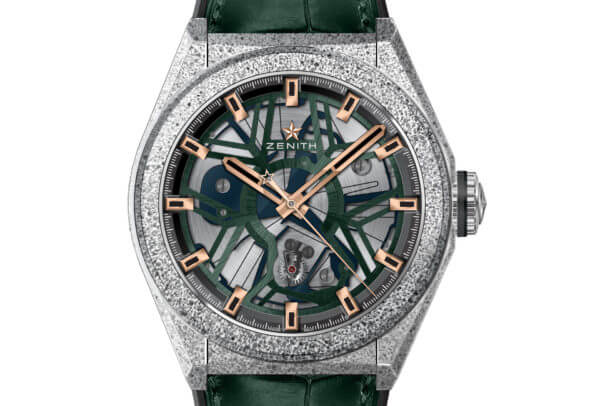
All that remained was to find a suitable “envelope” for the ZO 342 movement – a mission accomplished thanks to the Defy Lab’s Aeronith case. This composite material, developed by Hublot, consists of aluminium that is heated to melting-point then poured into a mould where it is turned into metal foam whose pores are filled with an ultra-light polymer that is non-allergenic and UV-resistant. The resulting case has the requisite strength with none of the weight: 2.7 times lighter than titanium, 1.7 times lighter than conventional aluminium, and 10% lighter even than carbon fibre. The Defy Lab will be introduced as a limited edition of 10 unique pieces. All pre-sold, we’re told. Serial production with a different design should follow in the months after.
